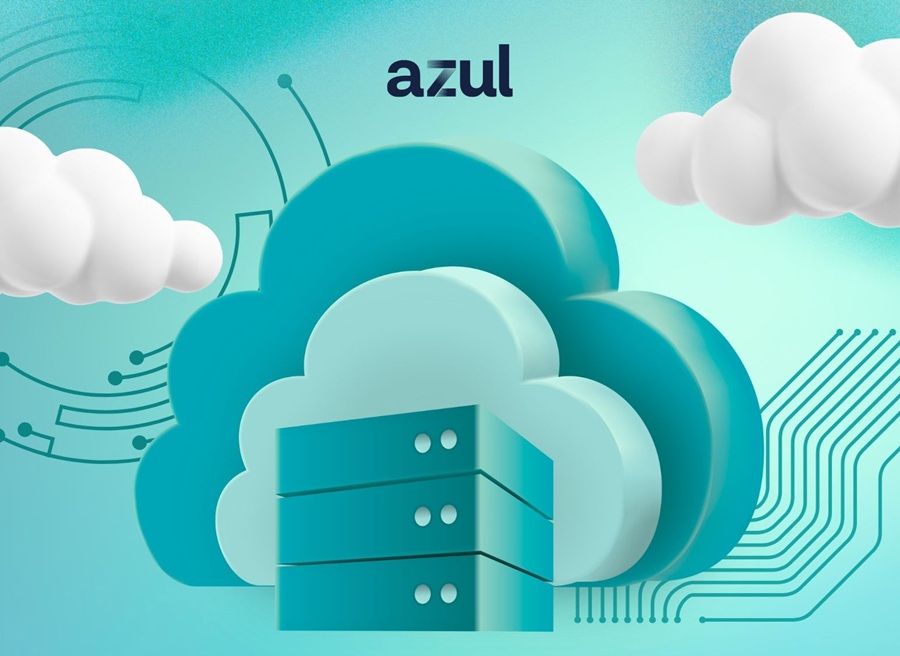Customer satisfaction and retention were the top concerns for a majority (58%) of IT leaders when suffering downtime or outages, according to a survey of top IT leaders conducted by AIOps Exchange.
The effect of service interruptions on customers outweighed other concerns such as loss of revenue, brand reputation, negative press coverage, or the impact on IT Ops teams.
Other key findings include:
■ 65% of IT organizations still rely on monitoring approaches that are either siloed, rules-based or don’t cover the needs of their entire IT environment
■ 40% of IT organizations are flooded by more than 1 million event alerts each day, while 11% are swamped by more than 10 million alerts
■ 45% of IT organizations look to AIOps to analyze and determine the probable root cause of incidents and to predict future problems
“The results of roundtable discussions at AIOps Exchange reveal that enterprise IT teams are moving beyond simply controlling event alert traffic,” said Phil Tee, founder of the AIOps Exchange and CEO of Moogsoft. “Instead, large enterprises are ready for artificial intelligence and machine learning to move beyond the automation of routine tasks. AIOps needs to answer not just ‘what’ happened but ‘why’ and ‘how’. Root cause analysis and rapid incident resolution will allow IT Ops and DevOps teams to better serve customers with continuous service assurance.”
While 40% of those surveyed say AIOps replaces legacy approaches to IT Event Management, 20% believe it also has a positive impact on Configuration Management — an especially important discipline for effective DevOps. 91% of AIOps Exchange participants have adopted DevOps in one or more teams in their IT organization.
“Today, the number of alerts that IT teams face every minute has moved beyond human scale,” said Charles O’Keefe, VP, Enterprise Monitoring and Engineering at American Express, and keynote speaker at the AIOps Exchange. “AIOps technology has allowed us to not only ingest and normalize the data we receive but better yet, enrich the events. Additionally, we can dispatch to de-duplicate events, utilize machine learning to correlate data, and refine the models. It has truly made a difference in our day-to-day operations efficiencies.”
Methodology: AIOps Exchange participants comprised nearly 100 IT executives (from manager level to C-suite) representing large enterprise organizations. Industries that were represented include financial services, transportation, technology, education, and healthcare.
84% of those surveyed claimed an active role in determining the future of AIOps at their organization, while 68% had active AIOps projects underway.

